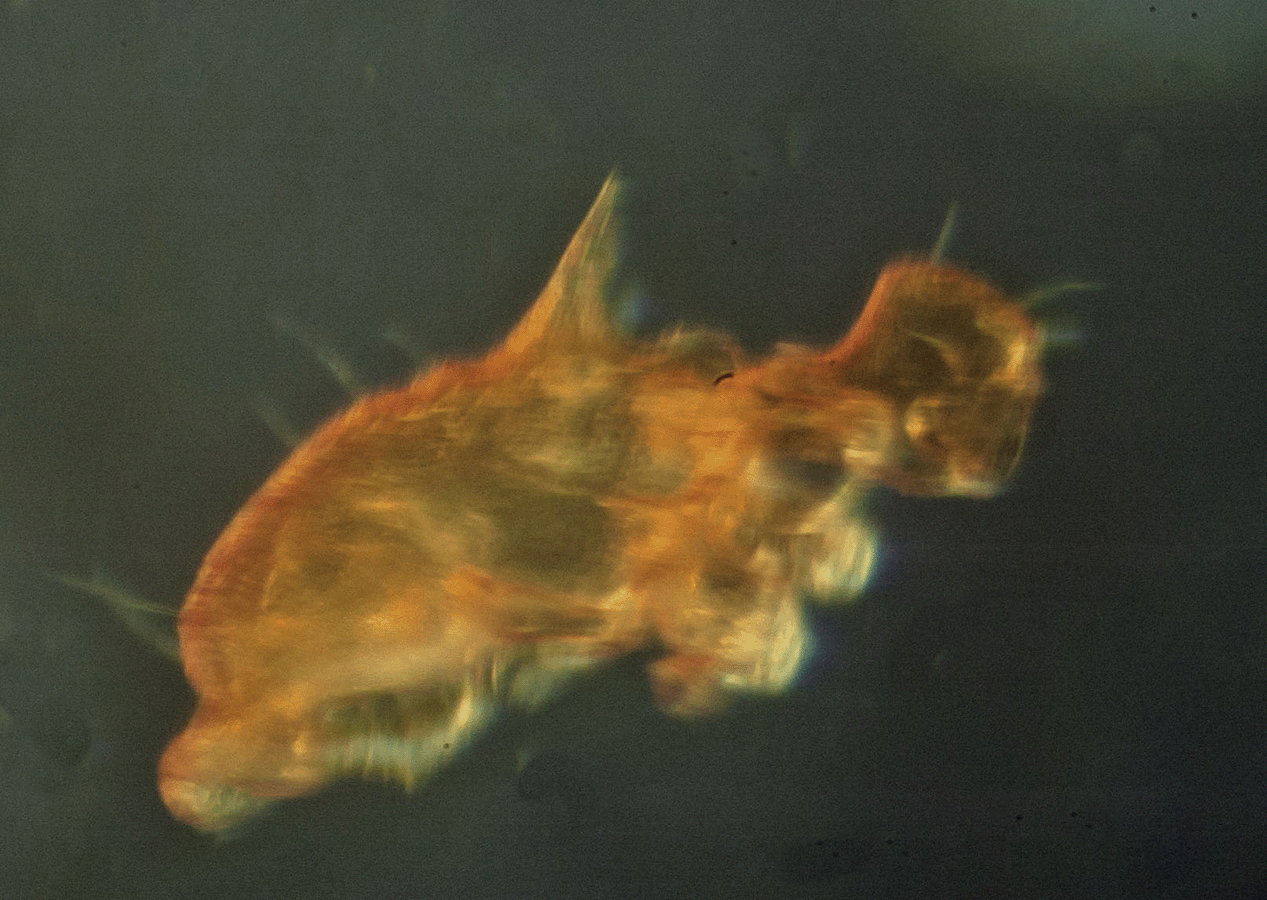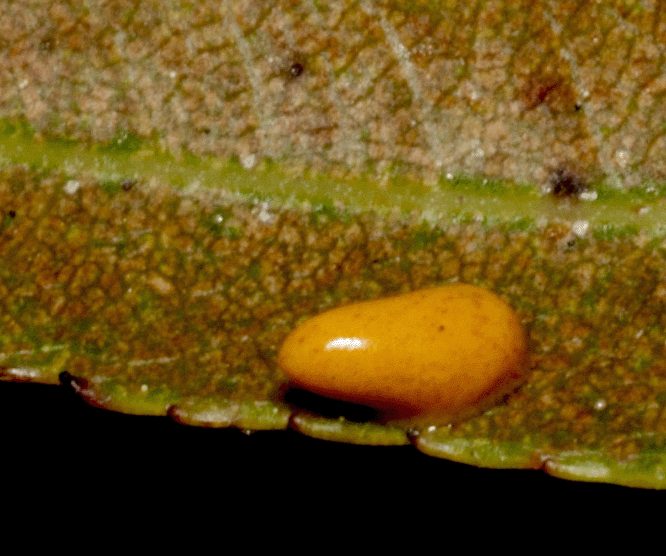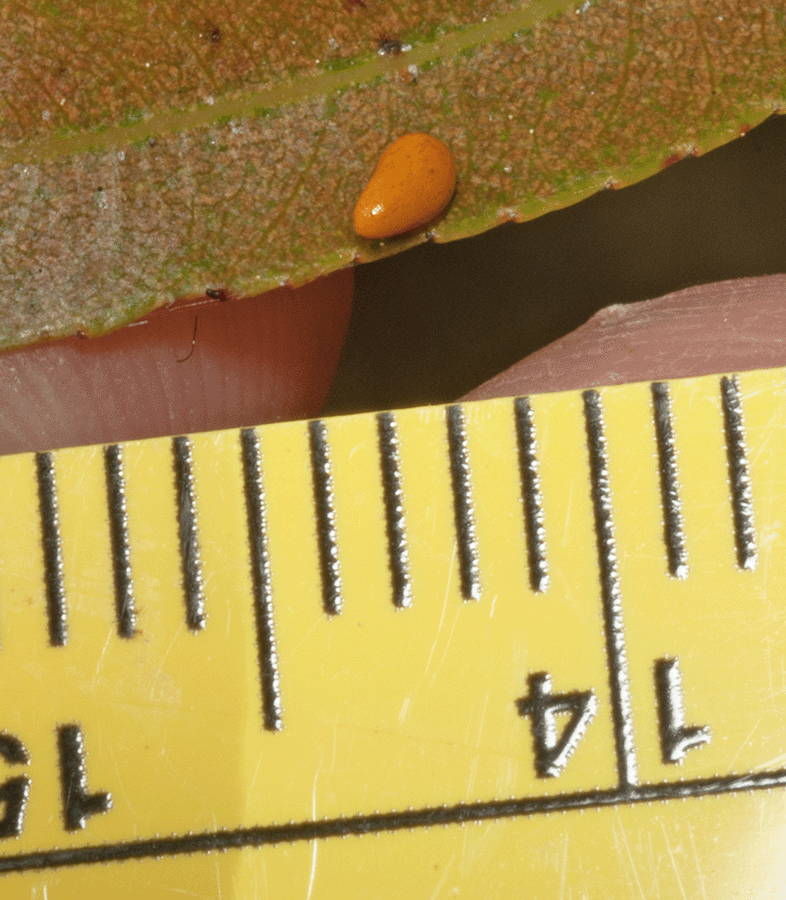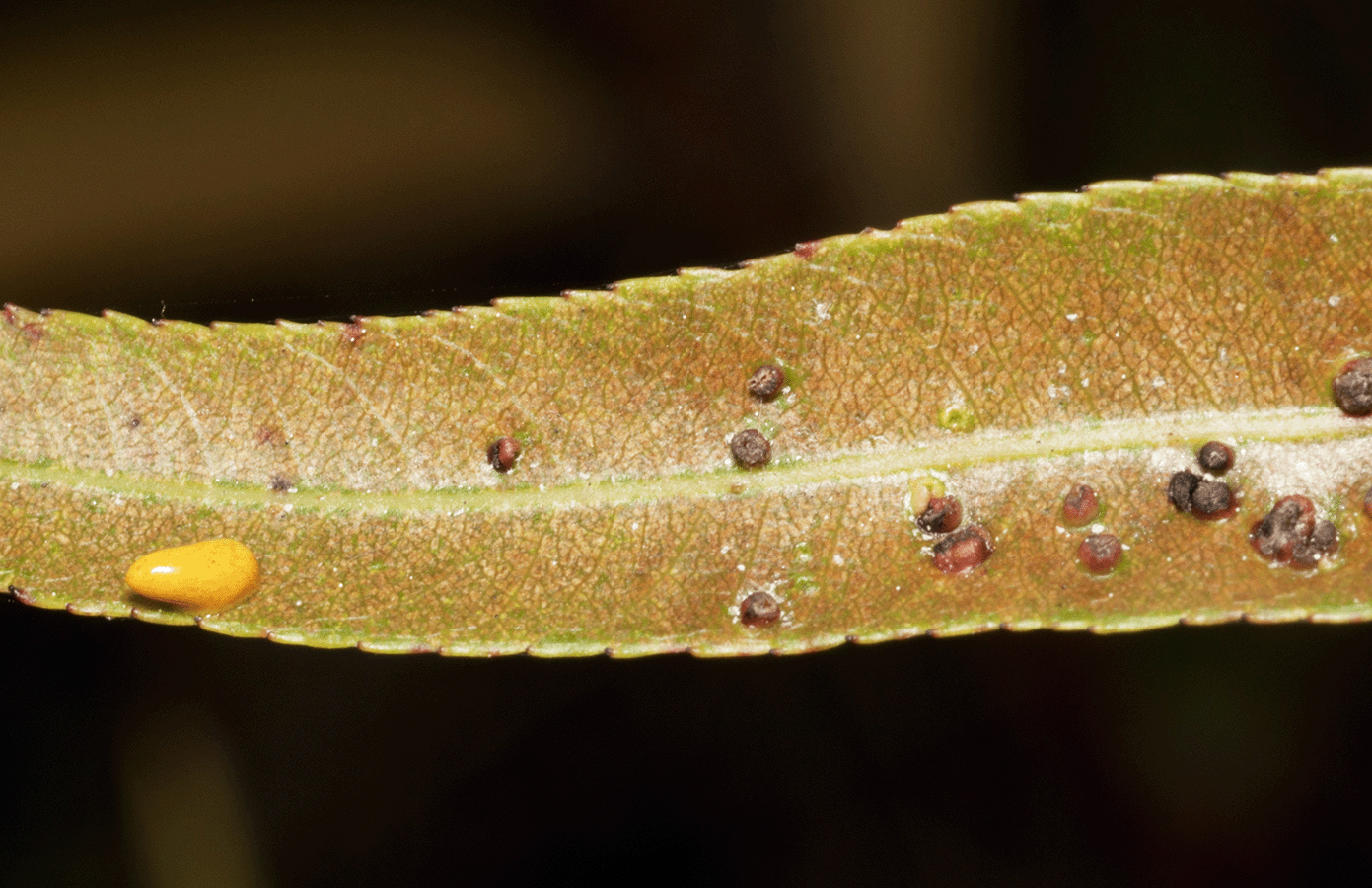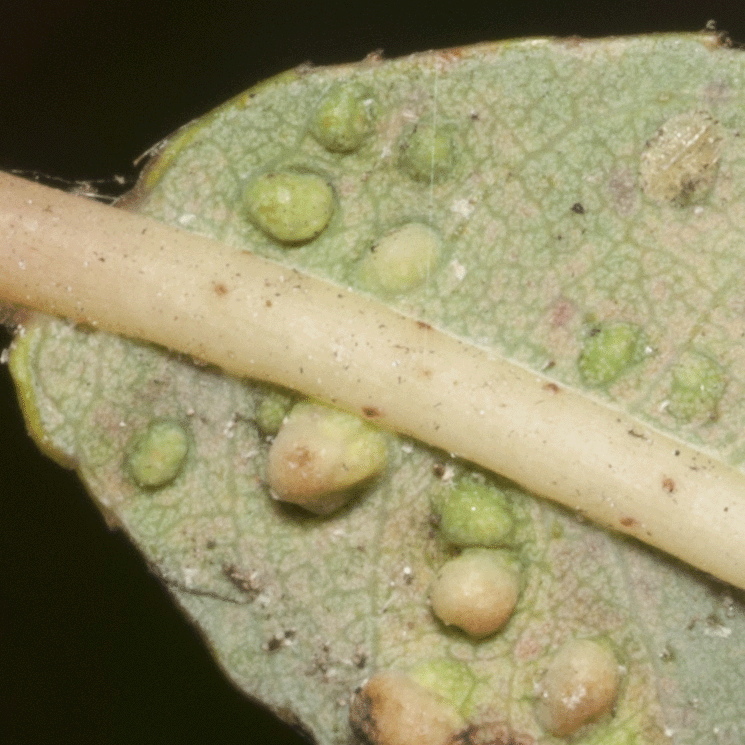Unidentified Arthropods in the Christopher B. Smith Preserve
Arthropod Characteristics: All arthropods are invertebrate animals with exoskeletons (external skeletons), segmented bodies, and jointed, paired appendages. As an arthropod grows, it molts its exoskeleton.
Arthropods include members of Class Arachnida (spiders and mites), Class Branchiopods (water fleas), Class Malacostraca (shrimp and wood lice), Class Diplura (diplurans), Class Collembola (springtails), Class Insecta (insects), Class Chilopoda (centipedes), Class Diplopoda (millipedes), and Class Symphyla (dwarf millipedes and garden centipedes).
There are so many described species of arthropods in the world that they make up more than 80% of all described living animal species.
Interactions in the Smith Preserve: Depending on the species, they are pollinators, predators, and prey. Some help recycle nutrients in the soil, while others help transmit diseases to plants and animals.
Special Note: The photographs and descriptions of the arthropods on this web page have been submitted for identification to the experts at <BugGuide.net>. To date, none have had a confirmed identification.
| Arthropod 1 | Mystery |
| Arthropod 2 | Mystery |
| Arthropod 3 | Mystery |
| Arthropod 4 | Mystery |
| Arthropod 5 | Possibly eggs and/or slimemold ? |
| Arthropod 6 | Mystery, not a collembolan |
| Arthropod 7 | Possibly a parasitic wasp inside a scale? |
| Arthropod 8 | Amber-colored with spines |
| Arthropod 9 | Possibly galls |
Unknown Arthropod #1
|
Unknown Arthropod #2
|
Unknown Arthropod #3
|
Unknown Arthropod #4
|
Unknown Arthropod #5
|
Unknown Arthropod #6
|
Unknown Arthropod #7
|
Unknown Arthropod #8
|
Unknown Arthropod #9
|
© Photographs and text by Susan Leach Snyder (Conservancy of Southwest Florida Volunteer), unless otherwise credited above.
Return to Christopher B. Smith Preserve





























